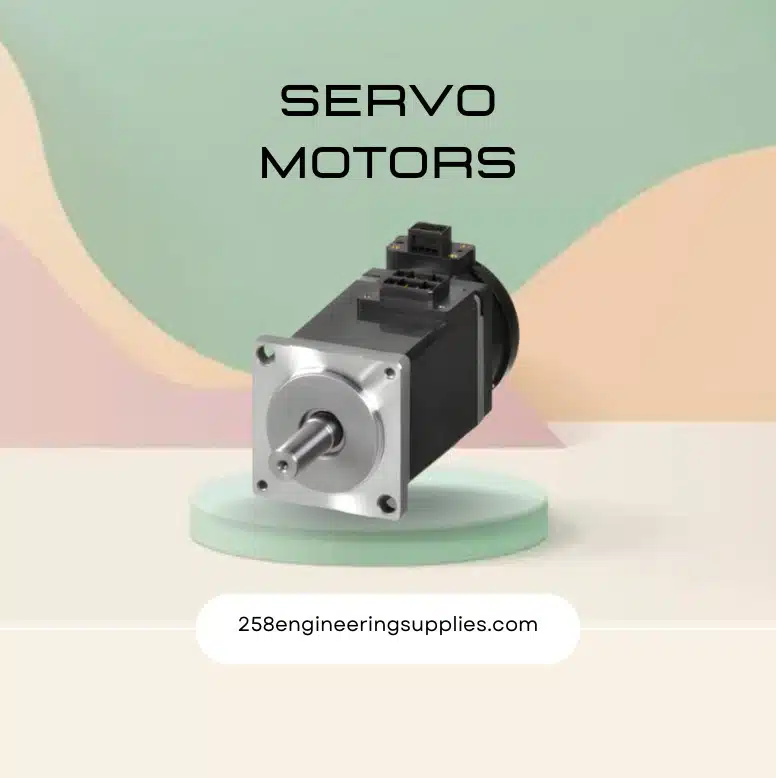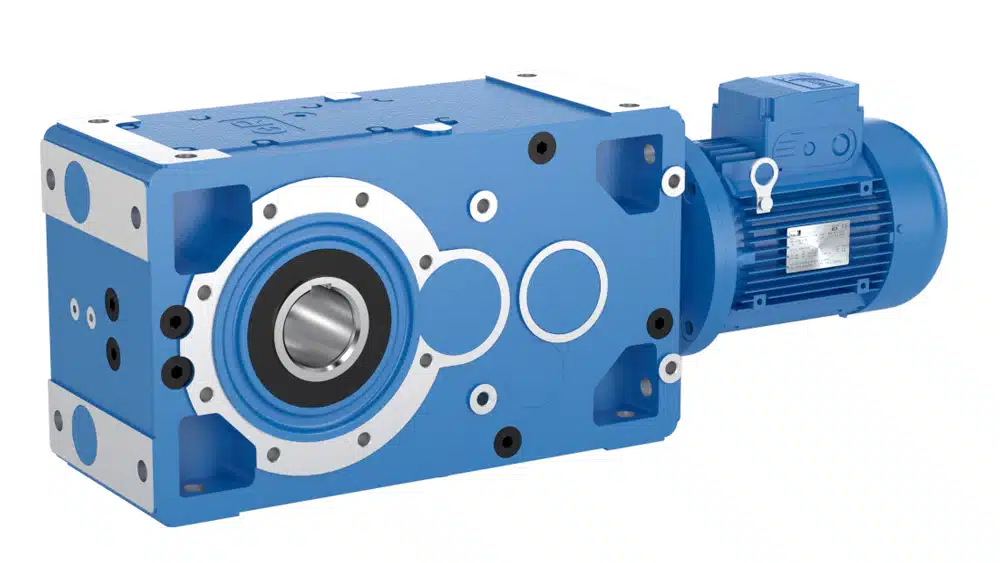Your cart is currently empty!
How Do Servo Motors Work?
Servo motors, the unsung heroes of the electromechanical world, elegantly blend the principles of electricity and mechanics. Their genius lies in generating torque and velocity through specific currents and voltages, dancing gracefully to the rhythm set by feedback devices in a closed-loop system. In this deep dive, we’ll journey through:
- The core components that make up the servo motor system
- The historical lineage of servo motors
- The myriad of applications where these motors find their home
- Breaking down the functionality of a simple industrial servo motor
- Understanding sophisticated servo systems and their embedded loops
Components of a Servo Motor System:
At the heart of any servo motor system lies the servomechanism. Comprising the motor itself, a feedback device, and control electronics, this trifecta collaboratively ensures precision and control. While the motor generates motion, the feedback device constantly monitors this motion. Control electronics, on the other hand, act as the brain, adjusting the motor’s action based on the data received from the feedback device. Delving deeper, there are various types of motors, from AC servo motors to DC servo motors, and diverse feedback devices, each bringing its unique flavor to the table.
Historical Context of Servo Motors:
Interestingly, the term “servo” wasn’t birthed in a 21st-century lab but originated way back in 1859, credited to one Joseph Facort. The rudimentary feedback mechanisms back then were used for steering ships, making our voyages safer and more efficient. Through the decades, these mechanisms matured and diversified, leading to the advanced servo systems we have today.
Examples of Servo Motor Applications:
The versatility of servo motors means they’re not confined to one domain. From the tiny DC servo motor in your child’s toy to the sophisticated motion controllers in manufacturing units, they’re omnipresent. Consider the vehicle cruise control – a ubiquitous application. It’s essentially a servo mechanism, maintaining the car’s speed by adjusting the throttle based on feedback.
Simple Industrial Servo Motor:
Visualize a basic servo motor that has a tachometer strapped to it for speed feedback. This is your everyday industrial servo motor. The drive electronics play puppeteer, delivering the requisite voltage and current based on feedback from the tachometer. It’s all a delicate dance in a closed velocity loop where the commanded speed is continually compared with the feedback from the tachometer.
Sophisticated Servo System:
Venturing into the realm of sophisticated servo systems, we encounter a nest of embedded loops, each fine-tuning the motor’s performance. Imagine three concentric circles – the innermost being the current loop, followed by the velocity loop, and the outermost, the position loop. Each loop is meticulously interconnected, offering real-time corrections and ensuring the motor’s motion is precise and controlled.
Current Loop:
Delving into the innermost circle, the current loop, one realizes that it’s closely associated with torque and acceleration. A current sensor, like a vigilant sentinel, constantly feeds back to the control electronics. This dynamic duo ensures that the current is adjusted to always maintain the commanded current level.
Velocity Loop:
Stepping outwards, the velocity loop, in essence, sees voltage as being proportional to velocity. If the velocity falters below the desired value, the system commands increased current to boost it back up, thus ensuring consistent speed.
Position Loop:
The outermost ring, the position loop, receives its velocity command either from a Programmable Logic Controller (PLC) or a motion controller. Here, the velocity and current control interplay beautifully to ensure that the commanded position is achieved with finesse. With all three loops working synchronously, the system ensures smooth and precise control.
Conclusion:
Navigating through the intricate world of servo motors, we’ve witnessed their historical roots, their versatile applications, and the symphony of loops that orchestrate their precision. From the AC servo motor to the humble DC variant, the landscape is vast and ever-evolving. If you wish to explore more about these incredible devices or are in the market for one, check out 258 Engineering Supplies ring supplies. Feel free to get in touch with us for any queries or to delve deeper into the fascinating world of servo motors.


